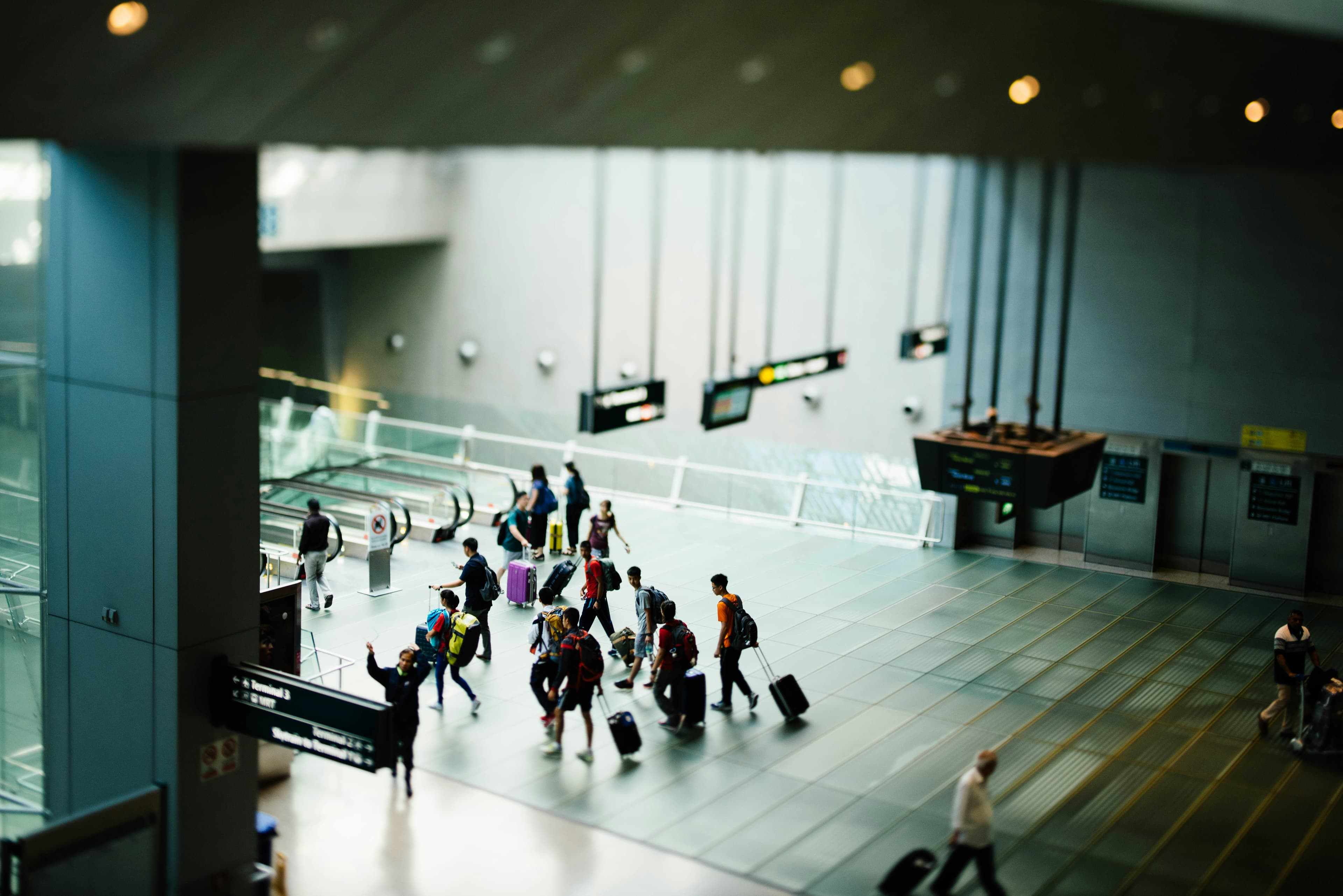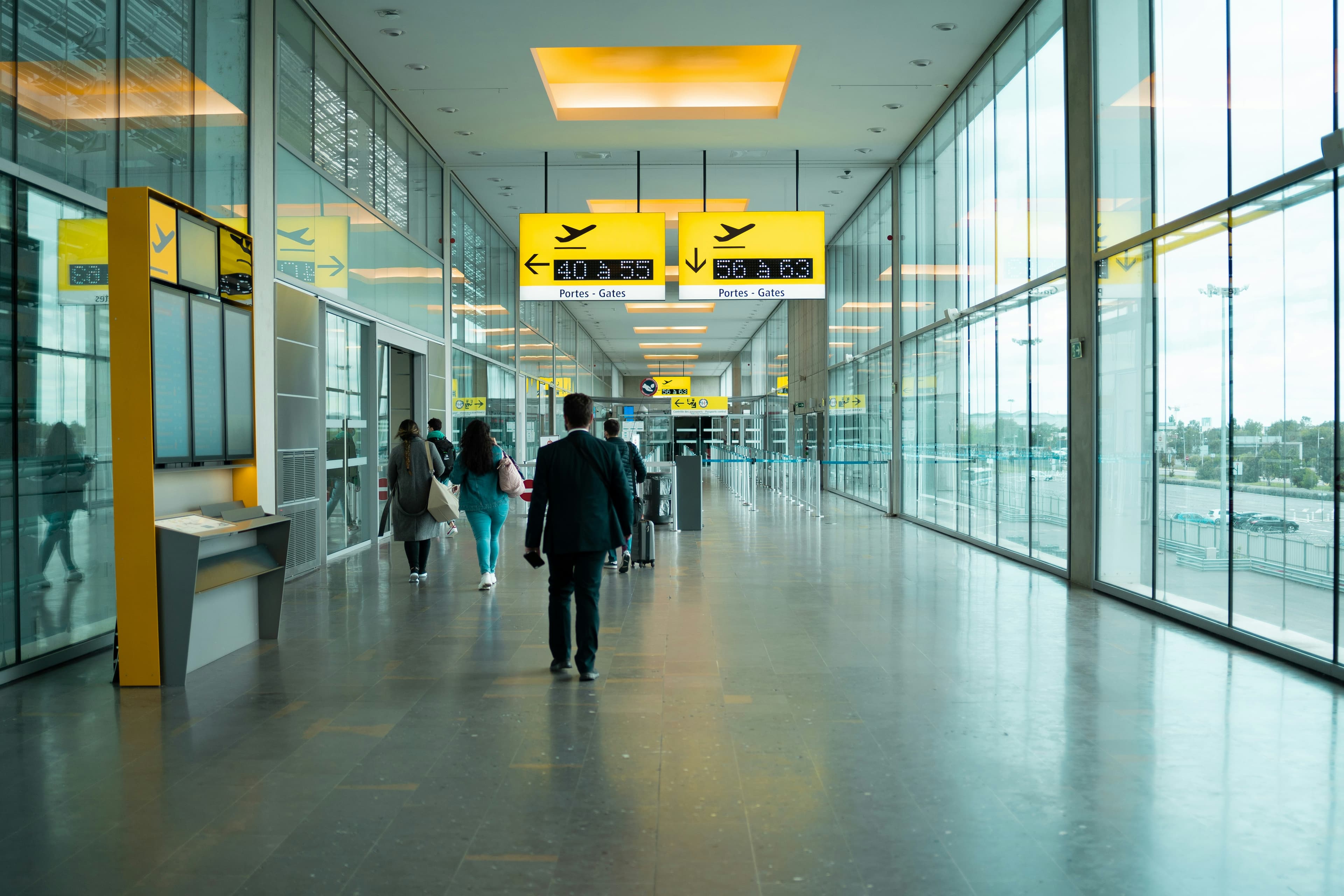How to Deliver Higher Quality to Passengers: Transforming Airport Experiences
by Brian Hollenbach, CEO
The Passenger Experience Challenge
Airports represent one of the most complex environments in modern transportation, where millions of passengers navigate intricate systems daily. Yet despite significant technological advances, many airports still struggle to deliver consistently high-quality passenger experiences.
The challenge isn't just about moving people from point A to point B—it's about creating an environment that reduces stress, provides clear information, and makes travelers feel valued throughout their journey.

Understanding the Passenger Journey
Every passenger's airport experience is unique, but there are common pain points that consistently impact satisfaction:
- Information Overload: Confusing signage and unclear directions
- Wait Times: Long queues at security, check-in, and boarding
- Communication Gaps: Lack of real-time updates about delays or changes
- Accessibility Issues: Inadequate support for passengers with special needs
- Emotional Stress: Anxiety about missing flights or navigating unfamiliar spaces
The Technology-Experience Balance
While technology plays a crucial role in improving passenger experiences, the most successful implementations are those that enhance rather than replace human interaction. Our work with major transportation hubs has taught us that passengers value:
Real-Time Information Systems
Modern passengers expect instant access to accurate, up-to-date information about their flights, gate changes, and delays. Digital displays, mobile apps, and automated announcements can significantly reduce anxiety and confusion.
Intelligent Wayfinding
Getting lost in a large airport is a common frustration. Smart wayfinding systems that provide personalized directions based on a passenger's specific needs—whether they're running late, traveling with children, or have mobility challenges—can transform the navigation experience.

Predictive Analytics
By analyzing historical data and current conditions, airports can anticipate bottlenecks and proactively adjust staffing, routing, and resource allocation to minimize delays and improve flow.
The Human Element
Technology alone cannot create exceptional passenger experiences. The most successful airports combine advanced systems with well-trained, empathetic staff who can provide personalized assistance when needed.
Key elements include:
- Proactive Communication: Staff who anticipate passenger needs and provide helpful information before problems arise
- Emotional Intelligence: Understanding that travel can be stressful and responding with patience and empathy
- Cultural Sensitivity: Recognizing the diverse backgrounds and needs of international travelers
- Accessibility Focus: Ensuring all passengers, regardless of ability, can navigate the airport comfortably
Measuring Success
Improving passenger experiences requires clear metrics and continuous monitoring. Key performance indicators include:
- Passenger Satisfaction Scores: Regular surveys and feedback collection
- Operational Efficiency: Reduced wait times and improved flow rates
- Staff Performance: Training effectiveness and service quality metrics
- Technology Adoption: Usage rates of digital tools and services

Case Study: Transforming a Major Hub
In our recent work with a major international airport, we implemented a comprehensive passenger experience improvement program that included:
- Digital Information Kiosks: Placed strategically throughout terminals with multilingual support
- Mobile App Integration: Real-time updates and personalized recommendations
- Staff Training Program: Focused on customer service excellence and cultural awareness
- Predictive Analytics: System to anticipate and prevent bottlenecks
The results were remarkable: 40% improvement in passenger satisfaction scores, 25% reduction in average wait times, and a 60% increase in positive feedback about staff interactions.
The Path Forward
Delivering higher quality passenger experiences requires a commitment to continuous improvement and innovation. The airports that will succeed in the future are those that:
- Invest in both technology and human capital
- Prioritize passenger needs in every decision
- Use data to drive continuous optimization
- Maintain flexibility to adapt to changing traveler expectations
The goal isn't just to move passengers through the system efficiently—it's to create experiences that passengers will remember positively, recommend to others, and look forward to repeating.
As the transportation industry continues to evolve, those organizations that prioritize passenger experience will not only improve satisfaction but also drive loyalty, increase revenue, and build lasting competitive advantages.